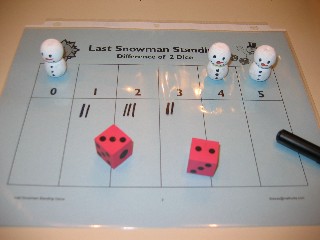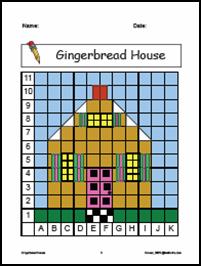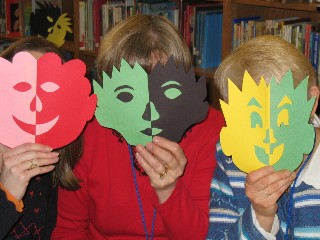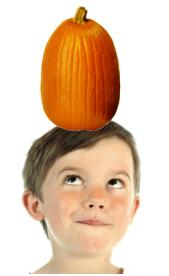
Active Participation: Using White Boards
A few years back, NCTM sold buttons that said “Math is not a spectator sport.” This is so true as we know that students have to be ACTIVELY involved in math lessons in order to construct meaning for themselves. White boards are my favorite tool for easily adding participation to classroom lessons and activities. Each student must write on his/her white board, allowing the teacher to see what each student is thinking. This makes it easy to evaluate learning throughout the lesson and modify, reteach or enrich, as needed, to meet these identified needs. Teachers who sprinkle these quick, written checks throughout lessons find it easy to form small groups for additional instruction or guided practice. They also identify more capable students who do not need the extra practice and would benefit from some enrichment activity.
Cheap White Board Alternative
Each student should have a whiteboard, dry erase marker and eraser that is kept in his/her desk for easy retrieval. If you do not have whiteboards, or need more to have one for each student, consider using the cheap alternative. Place a sheet of white card stock in a shiny sheet protector and use this as a white board. You could use regular paper, but the card stock is heavier and holds up better. It will also remain upright when students hold up their white boards for checking. Erasers can also be small pieces of black felt so each student can have his/her own.
Use White Boards to Assess and Differentiate Instruction
Students love working with white boards. There’s something about the dry erase marker and the ability to wipe the slate clean and start over that appeals to even the most reluctant students. Unlike paper and pencil, wrong answers and mistakes are easily wiped away in the process of learning. Focusing on only one problem at a time also helps students who need chunking to reduce visual clutter or students who are overwhelmed by a whole blank worksheet or workbook page. So, get out the white boards, markers and erasers this year and start planning to use them throughout each math lesson. They are an extremely valuable tool as you quickly evaluate student understanding of the lesson’s objective. They are also provide a way to assess previous learning before beginning a new unit to be certain that students have the requisite concepts and skills.
Some Suggestions for Using White boards to Increase Active Student Participation:
Do Now or Warm-up Activity
: Give students the date (24) or any number, and have the students write as many different names for that number as they can in 1-2 minutes. Have students share their results in small groups, then ask groups to share their best responses.
Check for Understanding: ask students to write their response on the white board. Circulate around the room as students are writing. After several moments, ask students to hold up their responses. Call on specific students to share their thinking.
o Write another fraction that is equal to ½.
o Which is larger 7.2 or 7.20? Why?
o What do you call the number that appears the most often in a data set?
o When you measure around the yard for a new fence, are you finding the perimeter or area of the yard?
Transition Times: give students a task to do as you check homework, distribute papers, etc. Tell students they will have to explain their thinking when you check whiteboards.
o Write the fact family for these numbers: 4, 5, 9
o Write as many different names as possible for the number 12.
o Write down 5 fractions that are between ¼ and 5/8.
o Show 4 different ways to make 45 ¢.Guided Practice: have students do several examples on the white board for checking. Identify the students who have mastered the day’s objective and release them to independent work. Gather students who need more practice at a small table and guide them through additional examples, as needed, until they are ready for independent work.Jeopardy-type review at the end of a unit: every student gets to answer so you quickly identify any sticky points before testingAnd so on and so on and so on…
More Active Participation Strategies:
Check out additional active participation strategies on Mathwire: http://www.mathwire.com/strategies/is.html#active
What’s your favorite way to use white boards in your math lessons? Post a comment with your favorite strategy.




















